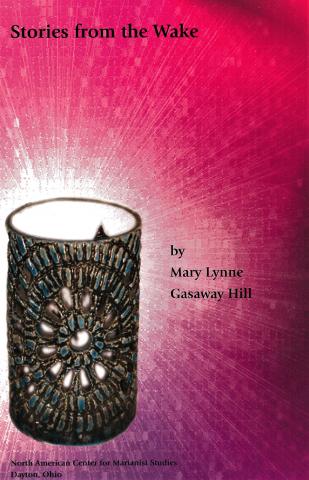by Mary Lynne Gasaway Hill
89 pgs.
Monograph #52
"In the wake of these two revolutions, the French Revolution (1789-99) and our contemporary 'technological revolution,' Catholics have gathered in small groups to try and figure things out. Whereas we tend to view the two revolutions as series of linear events, taking place chronologically, we view the responses, of gathering in small communities in the circular sense.”
Mary Lynne Gasaway Hill, a lay Marianist and professor of English at St. Mary’s University, in Stories from the Wake: The Revolutionary Responses of the Sodality of Bordeaux and Small Christian Communities, examines the development of Small Christian Communities (SCCs) related to these two revolutionary moments.
She describes shifts in the “grand narrative” of the day—defined as the foundational sources of meaning that organize and direct people and behavior in a meaningful way—caused by these events.
In light of such dramatic changes, where society has become unglued, how does one create a new cohesive bond that draws people into the Christian story?
Hill examines the rise of the Small Christian Community movement, both during the time of Father Chaminade and the original Sodality and in terms of today’s postmodernism, for possible answers.

